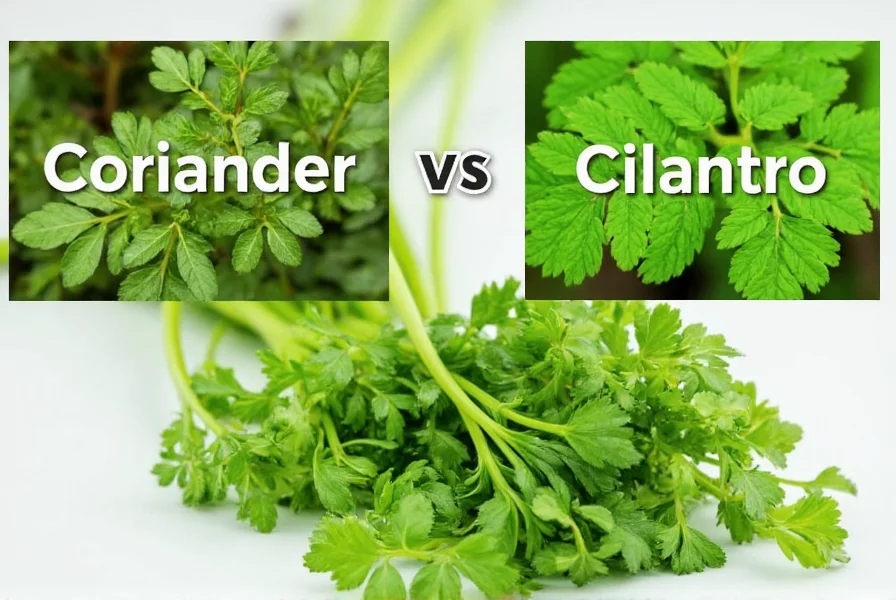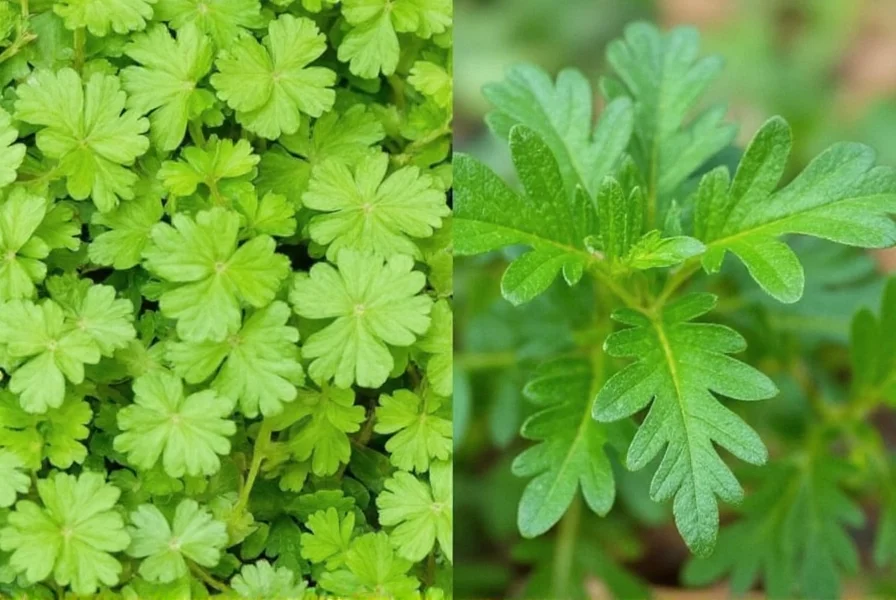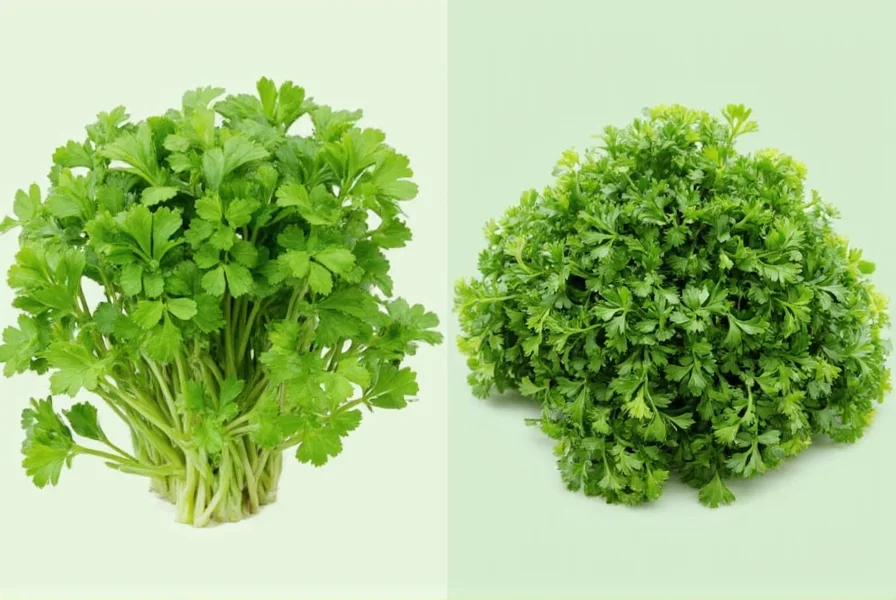Understanding the Coriander/Cilantro Terminology Divide
When exploring international recipes or shopping for ingredients, many home cooks encounter confusion about whether coriander is the same as cilantro. The straightforward botanical answer is yes—they originate from the same annual herb plant, Coriandrum sativum, belonging to the Apiaceae family. The distinction exists purely in language and regional usage, not in botany.
The term "coriander" derives from the Greek word koriannon, which evolved through Latin (coriandrum) and French before entering English. "Cilantro" comes from the Spanish word for the same plant. This linguistic divergence explains why American English adopted "cilantro" specifically for the leafy part while using "coriander" for the seeds, creating unnecessary confusion for global cooks.
Botanical Reality: One Plant, Multiple Components
Coriandrum sativum produces several culinary components:
| Plant Component | US Terminology | UK/International Terminology | Culinary Use |
|---|---|---|---|
| Fresh leaves and stems | Cilantro | Coriander (fresh) | Salsas, garnishes, Southeast Asian dishes |
| Dried seeds | Coriander seeds | Coriander seeds | Curries, baking, spice blends |
| Roots | Cilantro roots | Coriander roots | Thai curry pastes, broths |
| Ground form | Coriander powder | Coriander powder | Rubbed on meats, added to sauces |
The plant's different components offer distinct flavor profiles. Fresh leaves contain aldehydes that create a bright, citrusy flavor many describe as soapy (due to genetic taste perception differences). The seeds develop a warm, nutty, slightly citrus flavor when dried and toasted. Understanding these differences helps cooks use "coriander is the same as cilantro" knowledge practically in the kitchen.

Regional Terminology Guide for Global Cooks
The "coriander vs cilantro" debate primarily affects English speakers. Here's how terminology varies across regions:
- United States: "Cilantro" = fresh leaves/stems; "Coriander" = seeds
- United Kingdom, Canada, Australia, New Zealand: "Coriander" refers to both leaves and seeds (often specifying "fresh coriander" or "coriander seeds")
- India and South Asia: "Dhania" (????) for seeds, "Hara Dhania" (???? ????) for fresh leaves
- Mexico and Latin America: "Cilantro" for the entire plant
This regional variation explains why American cooks searching for "is coriander the same as cilantro" often feel confused when following international recipes. When encountering "coriander" in a British recipe, check whether it specifies "fresh" or "seeds" to determine which component the author intends.
Practical Implications for Cooking and Shopping
Understanding that coriander is the same as cilantro prevents recipe mistakes. When substituting:
- Fresh cilantro (US term) cannot replace coriander seeds—they have completely different flavor profiles and uses
- Coriander seeds cannot substitute for fresh cilantro leaves in garnishes
- Dried cilantro/coriander leaves exist but lack the vibrant flavor of fresh
When shopping, check packaging carefully. In American markets, you'll find "cilantro" in the produce section and "coriander" in the spice aisle. Internationally, look for "fresh coriander" for the leafy part. This knowledge proves essential when exploring whether coriander is the same as cilantro in practical cooking scenarios.

Why This Terminology Matters for Home Cooks
The "coriander vs cilantro" confusion affects more than just shopping—it impacts recipe accuracy and cultural understanding. Many food bloggers and cookbook authors now specify both terms to accommodate global audiences. When researching "why is coriander called cilantro in some places," you'll discover this isn't just linguistic trivia but practical kitchen knowledge.
Professional chefs understand that recognizing regional terminology differences prevents costly mistakes in commercial kitchens. Home cooks benefit similarly—knowing that coriander and cilantro come from the same plant helps interpret international cookbooks correctly. This understanding transforms confusing recipe instructions into successful culinary experiments.
Frequently Asked Questions
Is coriander the same plant as cilantro?
Yes, coriander and cilantro come from the exact same plant species (Coriandrum sativum). The difference is purely in regional naming conventions, not botanical classification. In the United States, "cilantro" refers to the fresh leaves and stems, while "coriander" describes the dried seeds. In most other English-speaking countries, the entire plant is called "coriander."
Can I substitute coriander seeds for fresh cilantro?
No, coriander seeds and fresh cilantro (coriander leaves) have completely different flavor profiles and cannot substitute for each other. Seeds offer warm, nutty notes while fresh leaves provide bright citrus flavor. If substituting is necessary, look for fresh parsley or culantro as alternatives to cilantro, but never use ground coriander seeds as replacement for fresh leaves.
Why do Americans call it cilantro instead of coriander?
The term "cilantro" entered American English from Spanish, which borrowed it from the Latin "coriandrum." While most English-speaking countries retained the English adaptation "coriander" for the entire plant, American English adopted "cilantro" specifically for the leafy part to distinguish it from the seeds (called "coriander"). This linguistic divergence created the modern terminology confusion.
Does the taste difference between coriander and cilantro affect recipes?
Absolutely. Fresh cilantro (leaves) has a bright, citrusy flavor that works well in salsas, guacamole, and Southeast Asian dishes. Coriander seeds offer warm, nutty, slightly citrus notes ideal for curries, baked goods, and spice rubs. Using the wrong component dramatically alters a dish's flavor profile. Understanding that coriander is the same plant as cilantro helps cooks select the appropriate part for each recipe.
How can I tell if a recipe means coriander leaves or seeds?
Check the recipe's origin and context. American recipes typically say "cilantro" for leaves and "coriander" for seeds. British and international recipes usually say "coriander" for both, often specifying "fresh coriander" or "coriander seeds." If uncertain, consider the dish type—fresh leaves typically appear in Mexican, Thai, or Indian dishes as garnish, while seeds appear in spice blends, curries, or baked goods.











 浙公网安备
33010002000092号
浙公网安备
33010002000092号 浙B2-20120091-4
浙B2-20120091-4